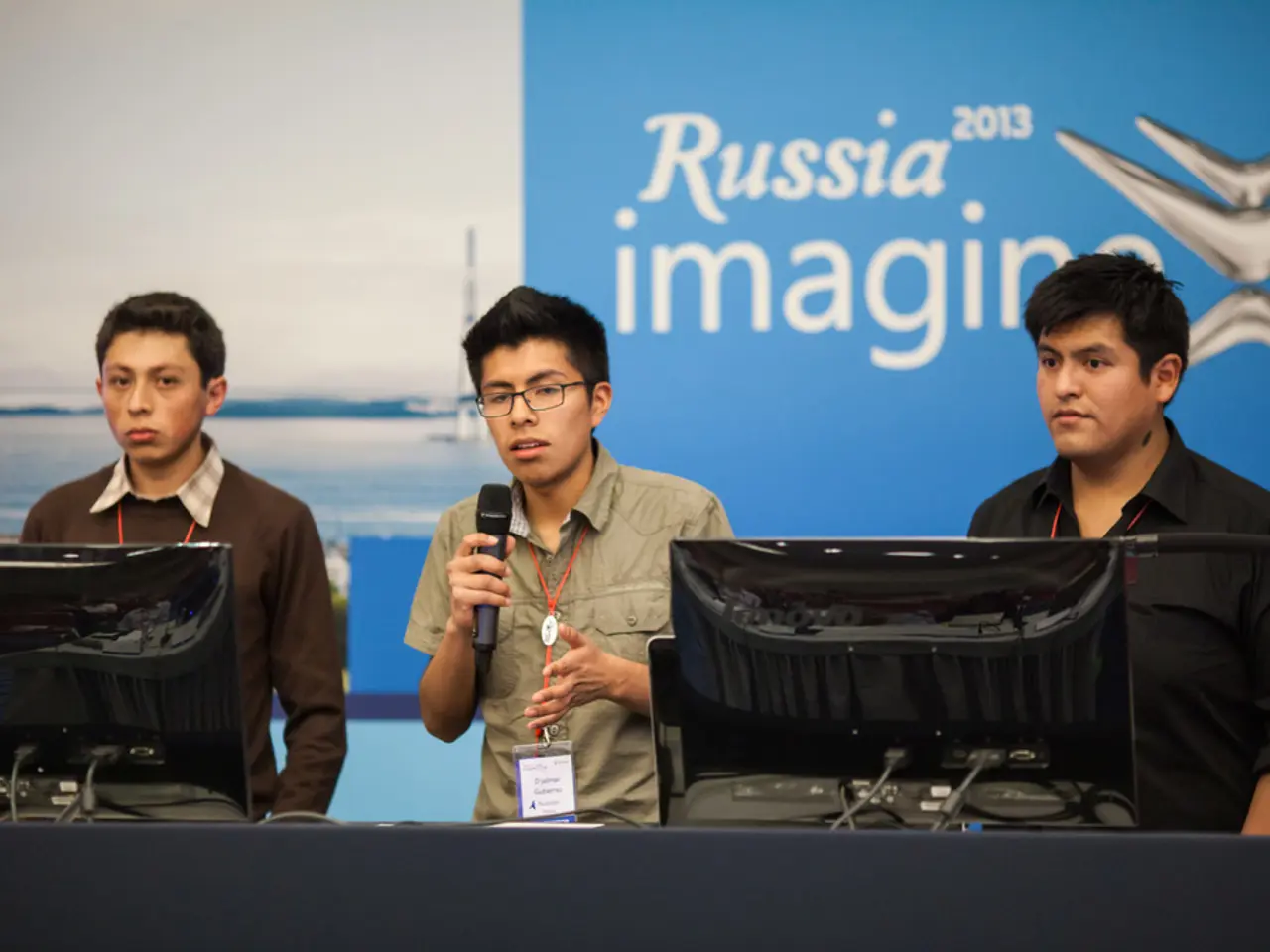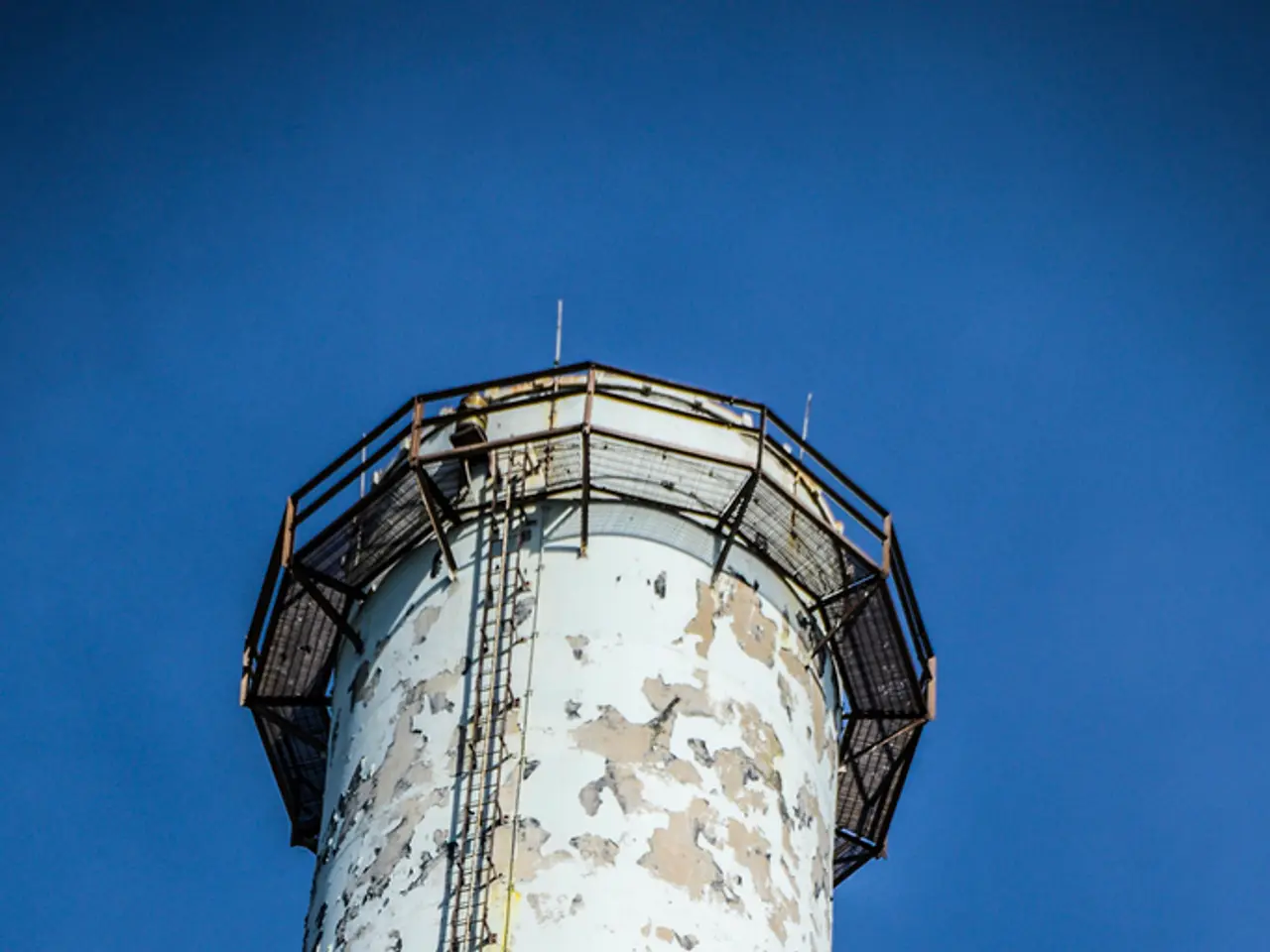Adjustments in Business and Economic Landscape as Interest Rates Soar
At the Financial Congress of the Bank of Russia, VTB's Dmitry Pyanov discussed the impact of high interest rates on large businesses and inflation control, reflecting broader concerns raised by economic leaders and data from 2025.
### The Impact on Large Businesses
High real interest rates have been a significant burden for Russian businesses, particularly large corporations. With the Bank of Russia's key rate at a record high of 21% in early 2025, businesses have been struggling under the weight of these elevated borrowing costs. Although the key rate was slightly reduced to 20% in June 2025, inflation, which was around 10.3% in March 2025, kept the real interest rate high, squeezing business profits and pushing firms to delay investment decisions.
Sberbank CEO German Gref warned of a "perfect storm" from the combination of these high interest rates and a strong ruble, which together suppress investment and economic growth. This environment creates difficulties for large businesses that rely on borrowing and capital expenditures to expand and innovate.
Pyanov likely emphasized that while the tight monetary policy is necessary to control inflation, it simultaneously constrains business activity, particularly in capital-intensive sectors, which could slow down Russia’s medium-term economic growth prospects.
### Inflation Control Efforts
The Bank of Russia’s main policy goal has been to reduce inflation sustainably, targeting a return to around 4% by 2026. As of mid-2025, inflation pressures were easing, with annual inflation slowing from over 10% to expected levels between 7% and 8% for the year. This improvement is attributed to the tight monetary stance and stabilizing supply conditions.
The central bank, including through actions referenced by Pyanov, is committed to maintaining "monetary conditions as tight as necessary" to bring inflation down, even if it means keeping borrowing costs high and tolerating slower growth in the near term.
### Broader Economic Context
Russia's economic growth was sluggish in early 2025, expanding only 1.4% year-on-year, the slowest pace in two years. Forecasts predict growth will remain modest, around 1-2% annually, with risks of productivity stagnation and a need for structural reforms to boost long-term prospects.
Despite the economic drag from these high rates, the tight policy stance is viewed as critical to avoid a runaway inflation scenario which could destabilize the economy further.
In summary, Dmitry Pyanov's statements at the Financial Congress likely highlighted the delicate balance Russia faces: high interest rates are necessary for inflation control but pose significant challenges for large businesses by increasing financing costs and discouraging investment. This situation contributes to subdued economic growth but is deemed essential by the Bank of Russia to ensure inflation returns to manageable levels in the medium term.
- Dmitry Pyanov's discussion at the Financial Congress focused on the challenging impact of high interest rates on large businesses, as these elevated borrowing costs have been a significant burden for Russian corporations, particularly in the context of inflation control.
- As Pyanov emphasized, the tight monetary policy in place to control inflation simultaneously puts constraints on business activity, particularly in capital-intensive sectors, which could potentially slow down Russia’s medium-term economic growth prospects due to high financing costs and delayed investment decisions.




